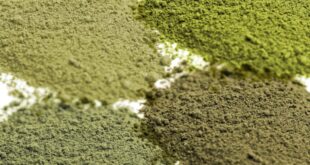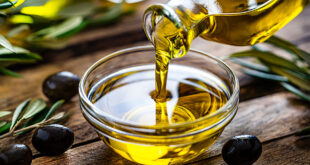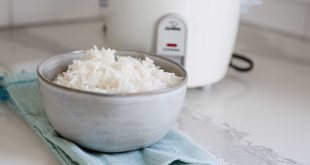In this modern time, many people prefer grinding spices in the comfort of their homes instead of buying the readymade powder. This tendency has grown over the years, mostly in Asian countries where they have a great culture and use many varieties of spices. Due to this, people prefer buying a single grinder or a multipurpose one to crush the spices when necessary or use them as a whole. Spices ground at home tend to have a fresh smell, taste better, and last longer in taste and smell.
Plus, they are in great demand in these current times. This demand has risen as many households want to use healthier spices for their food preparation because of their nutritional value. Additionally, spice grinders have made many people get job opportunities in many countries, where heavy-duty grinders are common. Today, many households look for buying one of them so that they can use it daily in their kitchen. In this article, you will find some of the popular types of spice grinders that are available in the market.
Mortar and pestle
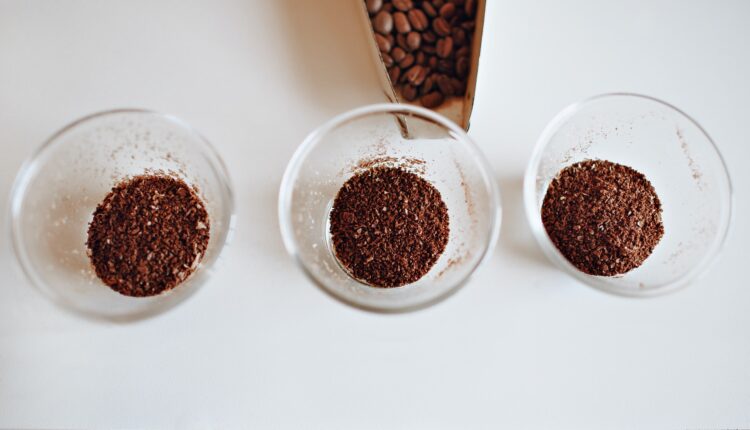
Over the centuries, the mortar and pestle are preferably used as they provide a simple way to crush and grind various ingredients, and also they are affordable to many households. The pestle mostly allows an easy grip, which is more comfortable when grinding. The mortar mostly comes on a flat surface, which helps to hold the pestle in place when grinding. This grinder is easy to assemble because it consists of two major parts that are the mortar and the pestle.
Also, for the dry spices like the freshly ground black pepper, dry chili, and herbs back in the day, people would prefer to grind them with the mortar and pestle. The seed is usually crushed in the mortar with the help of the pestle. Here, you need to press the pestle to achieve the desired texture of how you want your spices to look like after you grind. The mortar and pestle have low-cost maintenance as long as you keep them clean and dry after use. This type of grinding doesn’t require any manual instructions like other high-level grinders do. Although it is very user-friendly, the grinding process is quite laborious, time-consuming, and less effective in comparison to other blenders that grind more than two to three spices at a go.
Heavy-duty grinder
The heavy-duty grinder is suitable for both wet and dry spices. Due to this functionality, one can make a smooth or thick paste of different ingredients like garlic, chutney, curries, butter, etc. Its grinding process is less time consuming and hence, much more effective and efficient as compared to others. To add on, you can run it both manually and electrically, depending on the owner’s preference of location. High quantity production of different spices at a go is possible with this type of grinder, which saves time and energy.
Also, it is very high on maintenance, and the parts are not easily detachable, unless in the presence of an expert. The heavy-duty grinders are not easily found in households unless the household runs a spice business. It is most commonly seen in business centers, hotels, and market centers, where a large volume of ingredients are required over a short time. If it is manual, that means a lot of manpower is necessary to run it effectively. On the other hand, the electrical one uses a lot of electric watts and hence it is not economical for a smaller household work. Unfortunately, they are not environment-friendly because of their high noise performance.
Multipurpose grinder
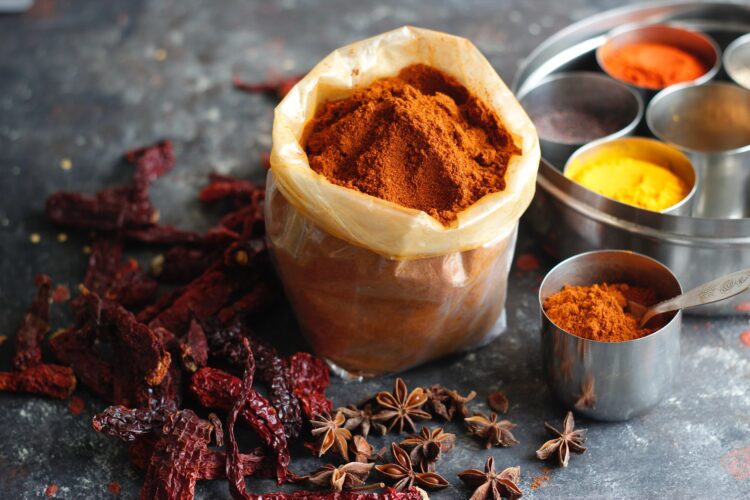
The multipurpose grinder is used for a wide variety of spices, including both dry and wet. For example, nut butter, oilseeds, corns, both soaked and unsoaked lentils, etc. It has a detachable jar that makes the cleaning and drying process much easier. It has a greater functional life with proper maintenance; thus, it offers better performance and works for a longer life span. The large-capacity jars found in the multipurpose grinder enable it to grind and crush high volumes of different ingredients at a time. Hence, it is preferred in many households because of the simplest working features. Plus, it saves a lot of time because you can grind more than one type of spice without mixing them up. It is considered to be environmentally friendly because of the low noise performance. Moreover, it is user friendly to a household environment, and despite the multitasking performance, it is easy to assemble, which makes it the best option, among others.
Other improved grinders
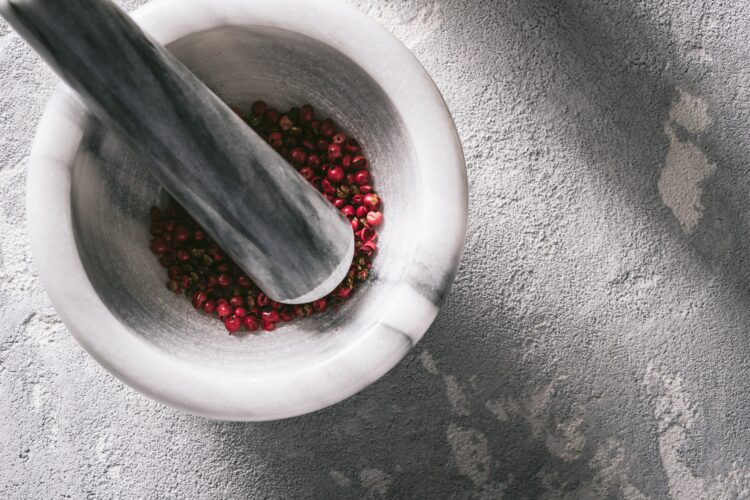
Nowadays, many people have embraced more modified grinders. This has made it possible for hotels, restaurants, large households, and the business centers that crush a large volume of ingredients in less laborious conditions. As outlined at Foodal, these grinders have made it possible for larger households to have fresh and better quality spices as they have improved options. Both dry and wet spices are easily ground on the improved grinders. Their maintenance is quite easy because most of the big parts are easily detachable. Due to this, the cleaning process also becomes much easier. They come with unique features and additional attachments like a stopper assembly, which are easy to assemble and detach. Besides, they are cost-effective and have a low maintenance cost.
In summary, using a spice grinder is easy if one is able to understand the laid out instructions. Additionally, if it is appropriately maintained, it can work for a longer duration. Timely cleaning and drying the parts before use is also essential to keep it in good working condition. Besides, lubrication of the grinding parts is another important aspect that helps reduce friction and rusting of the parts. On the purchase of a new spice grinder, it is important to familiarize yourself with how it works. Most of these grinders come with an attached manual to guide you on how to use, maintain, store, and even clean them. Thus, you can add more taste to your recipes by using spices that are freshly ground on one of these spice grinders and that too without much effort.
 Hi Boox Popular Magazine 2024
Hi Boox Popular Magazine 2024

